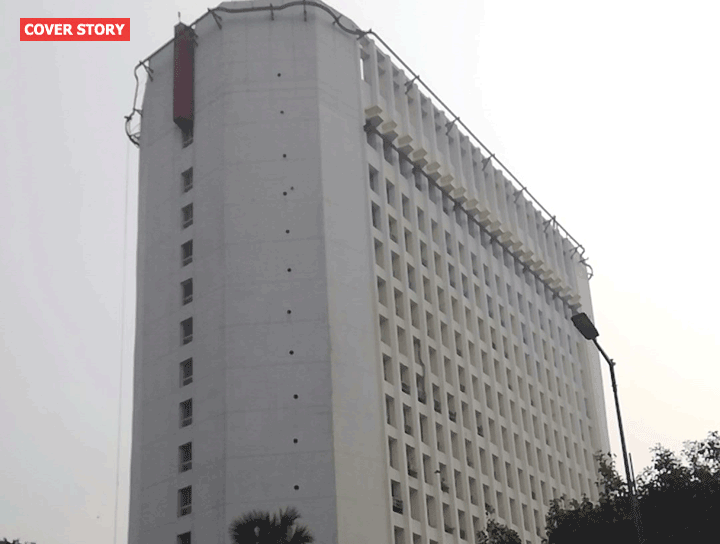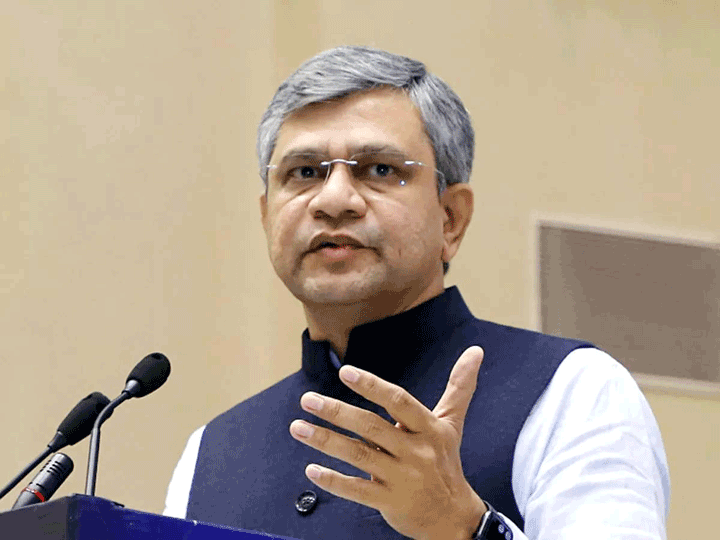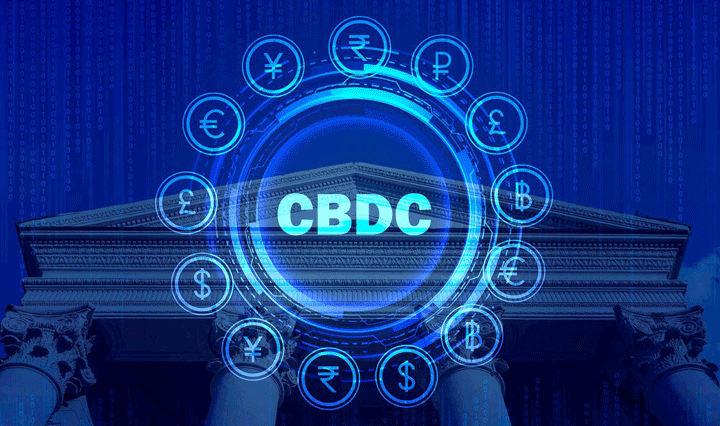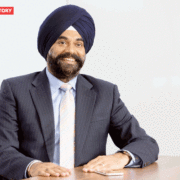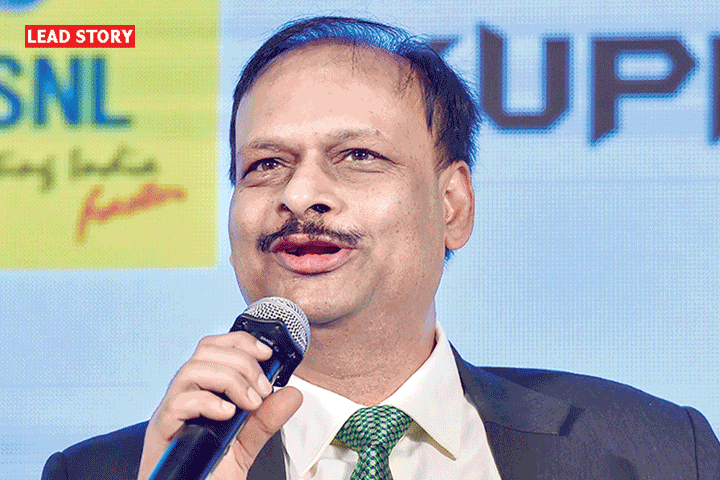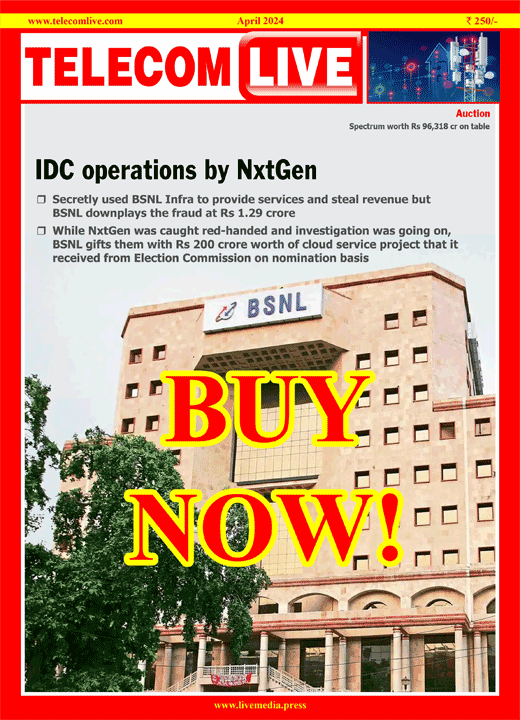COAI seeks clear roadmap for resolution of issues plaguing telecom sector
Industry body COAI on Tuesday said the new government post elections should set out a clear roadmap to ease the burden of levies on the telecom sector, and issues including cut in licence fee and spectrum charges should be taken up at the earliest, preferably in 6-9 months’ timeframe.
COAI rued that revenue continues to remain under pressure for the industry saddled with high debt, and for most players the earnings before interest, tax, depreciation and amortization or EBITDA generated “is not enough to meet the interest expenses”.
“The definition of adjusted gross revenue (AGR) should be reviewed to include revenue from licensed activities only … Telecom Department should adopt the recommendations given by the regulator on the issue of determination of AGR,” Cellular Operators Association of India (COAI) Director General Rajan S Mathews told reporters here.
COAI said that income from interest, dividend, capital gains from sale of fixed assets, gains from forex fluctuation, income from rent, insurance claims, and distributors margin should not be included in the revenue of the telecom operators for the purpose of computation of licence fee and spectrum usage charges.
Also, revenue from sale of handsets and other subscriber terminals like routers should also be not included in the AGR, it said.
“Once you address the AGR definition issue, it has cascading benefits.. that is the first thing they (the new Government) should look at. Second, the issue of double taxation…you have got payment for spectrum upfront why are you continuing to tax the industry for the spectrum usage charge and licence…TRAI already recommended that SUC should come down to 1 per cent and licence fee should come down too,” he said.
He added that if these outstanding issues are dealt with in the first 6-9 months by the new government post elections, it would yield “sizable benefits” for the industry.
“It would also send a clear signal to both industry and investors that the government is serious about getting the sector back on its feet,” Mathews said.
Some of the major demands of the industry include reforms in AGR finalization, allowing deductions of lease line/bandwidth charges and the charges paid by one telecom operator to another as ‘pass through charges’, alignment of the bank guarantees with the licence fee and SUC payouts of telecom operators, and refund of accumulated unutilised input tax credit, among others.
Under the Unified License Agreement, the licence fee currently is 8 per cent of the AGR. Further, in case the operator obtains spectrum, they also pay spectrum related charges, including payment for allotment and use of such radiowaves.
Over the past few years, India’s telecom market had become cut-throat where nearly a dozen players jostled for market share, pummelling the call rates to among the lowest in the world.
Competition has only intensified since 2016, when Reliance Jio Infocomm, owned by India’s richest man Mukesh Ambani, stormed into the market and offered free calls and dirt cheap data. This triggered massive consolidation in the industry the most prominent being that of Vodafone and Idea.

